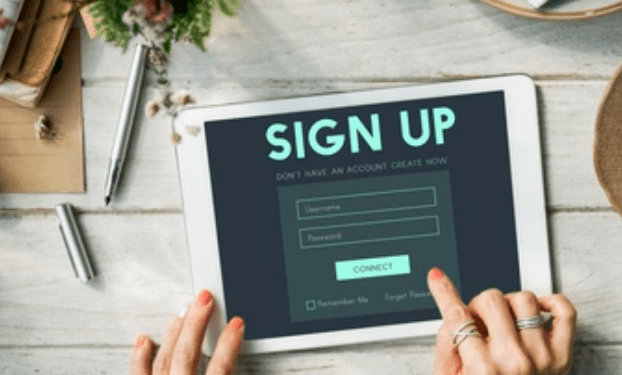In today’s digital world, subscriptions are becoming an increasingly popular revenue model for businesses across a variety of industries, from enterprise software to consumer products. The pandemic acted as another catalyst to accelerate this transformation as business owners looked for more stable revenue streams, as opposed to relying on several big purchases from customers each year. Implementing a successful subscription strategy can help a business scale faster and improve revenue predictability.
However, it also comes with complexities and challenges that if left unchecked, can result in high customer churn and low acquisition rates. Some of the biggest challenges I’ve seen include growing billing complexities that are no longer manageable through manual processes, loss of revenue due to failed payments, having an unscalable billing infrastructure and more. In order to combat these challenges, I’ve outlined five steps below that any business can take to minimize roadblocks on their path to transitioning to a subscription revenue model.
Conduct detailed cost-benefit analysis on your billing infrastructure
Many subscription billing companies find themselves at a crossroads on whether to build their billing system in-house or invest in using an existing solution on the market. When experiencing rapid growth, remember to take a pause and carefully evaluate which option is better for you. This includes analyzing customer growth rate, determining whether you need to experiment with pricing, discounts and trials, whether there are any compliance concerns or security needs etc. Once you have your biggest needs and challenges identified, conduct a careful calculation on whether it is more cost-effective and efficient for your business to build from scratch or invest in an existing solution. Building your own can be a good option for some, but for others, it can be unscalable and can also take valuable resources away from your team.
Reduce churn through dunning management
It always hurts when a customer stops paying. But what hurts even more is when this customer never intended to stop paying, which can occur for a number of reasons, such as maxed-out credit cards or connectivity issues. Implementing dunning management can help mitigate involuntary churn. That is, retrying payment attempts and sending payment reminders to customers when a transaction gets declined. You could also avoid lost revenue by sending out emails to customers reminding them their card details are about to expire or even require backup payment methods to hold on file.
Let automation be your friend
While it may have been possible to manually manage your billing process at one time, at some point it will become far too complex and time consuming. Therefore, it is important to know when and what to automate. Processes, which include dunning management, reminder emails, billing alerts, payment reconciliation, etc., should all be automated so that people can focus more on strategic activities. Combining your company’s tech stack with automated processes can also help mitigate the complexities that come with global expansion, such as supporting multiple payment methods and currencies and various tax rules.
Track the right metrics to improve operational rigour
We have all become accustomed to tracking a variety of shiny metrics to measure business success such as Monthly Recurring Revenue (MRR), Churn, and recurring profit margins. However, instead of looking at these metrics individually, a combination will offer a subscription business more actionable insights and answer critical questions such as how your company’s overall financial health is looking and if business goals are being achieved. This starts with knowing which metrics to look at holistically and in combination. Having a dashboard can help you visualize this as well.
Billing should not be a siloed approach
Traditionally, billing is considered a siloed process, limited to a finance vertical. But in a subscription-centric business, billing spans different business functions including sales, marketing and customer support. Make sure to streamline processes and tooling so that everyone has visibility and access to the same system and metrics. Once done, internal productivity, efficiency and time-to-response will improve.
Subscription billing isn’t a straightforward process. Fast-paced growth, internal processes, and tooling can cause challenges. But businesses can mitigate roadblocks by proactively addressing these challenges. Incorporating methods around detailed cost-benefit analyses, dunning management, automation, comprehensive metrics, and company-wide processes and tooling are the key steps to freeing up internal resources so that teams can instead stay on top of business KPIs, sales cycles, customer retention, experience and service, and focus on adding business value.










